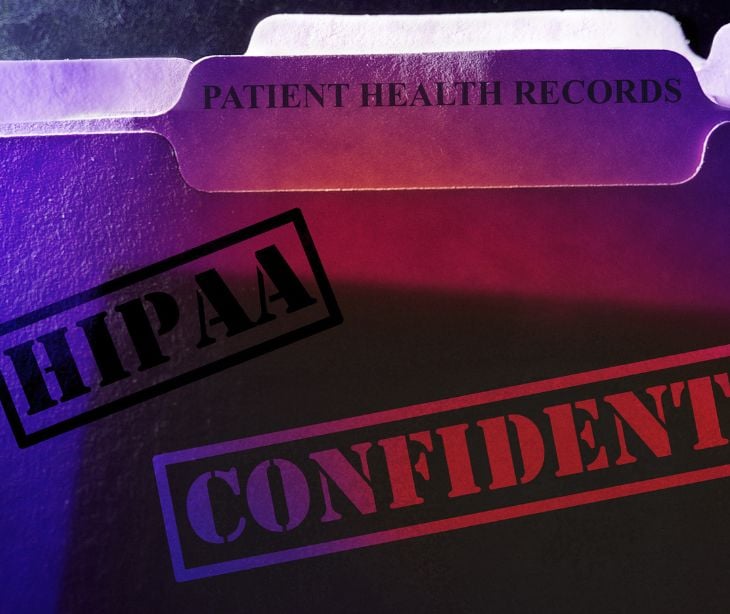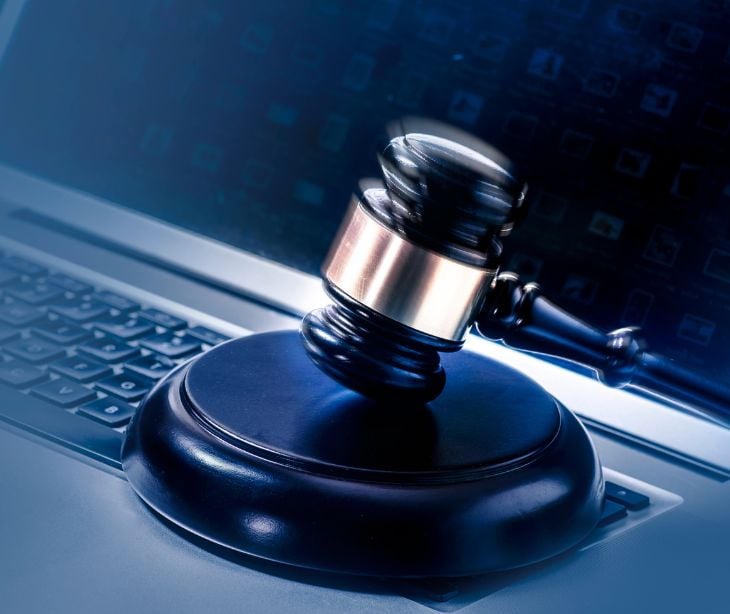2 min read
The difference between civil and criminal HIPAA penalties
Tshedimoso Makhene
Jan 8, 2025 8:55:39 AM
%20-%202025-01-08T115226.786.jpg)
While both civil and criminal penalties aim to uphold the integrity of HIPAA, the primary difference lies in intent and enforcement. Civil penalties address noncompliance stemming from negligence, emphasizing remediation and financial accountability. Criminal penalties, however, focus on deliberate misconduct and impose stricter consequences, including imprisonment.
Civil HIPAA penalties
Civil penalties are typically applied when violations occur due to negligence, oversight, or lack of adherence to compliance protocols. These penalties are enforced by the Department of Health and Human Services (HHS) Office for Civil Rights (OCR). According to the HHS, the OCR settled or imposed a civil money penalty in 152 cases by October 31, 2024, resulting in a total dollar amount of $144,878,972.
The monetary fines associated with civil penalties depend on the level of culpability and the number of violations. They are divided into four tiers:
|
Tier |
Description |
Fine per violation |
Annual maximum |
|
1 |
Entity was unaware and could not have reasonably known of the violation |
$141 to $71,162 |
$25,000 |
|
2 |
Violations due to reasonable cause, not willful neglect |
$1,424 to $71,162 |
$100,000 |
|
3 |
Violations due to willful neglect but corrected within the required time |
$14,232 to $71,162 |
$250,000 |
|
4 |
Violations due to willful neglect and not corrected |
Up to $71,162 |
$1,500,000 |
Civil penalties emphasize accountability and are often accompanied by corrective action plans or monitoring to ensure future compliance.
Go deeper: Higher HIPAA penalties announced
Criminal HIPAA penalties
Criminal penalties are reserved for intentional misconduct involving PHI. These penalties are enforced by the Department of Justice (DOJ) and are typically applied when individuals knowingly obtain or disclose PHI without authorization. As of the 31st of October, 2024, the OCR had referred 2,419 cases to the DOJ for investigation.
Criminal penalties are divided into three tiers:
|
Tier |
Violation type |
Definition |
Fine |
Imprisonment |
|
1 |
Knowingly obtaining or disclosing PHI |
Unauthorized access to or disclosure of PHI without malicious intent |
Up to $50,000 |
Up to 1 year |
|
2 |
Offenses committed under false pretenses |
Accessing PHI using deception, such as falsifying credentials or pretending to have authority |
Up to $100,000 |
Up to 5 years |
|
3 |
Offenses with intent to sell, transfer, or use PHI for harmful purposes |
Exploiting PHI for financial gain, commercial advantage, or to harm an individual |
Up to $250,000 |
Up to 10 years |
Criminal penalties send a strong message about the seriousness of intentional HIPAA violations and deter unlawful behavior.
Related: Jail terms for HIPAA violations by employees
Avoiding HIPAA Violations
To minimize the risk of penalties, healthcare entities and their business associates should:
- Conduct regular training on HIPAA compliance.
- Perform routine audits to identify and address vulnerabilities.
- Implement robust data security measures, such as encryption and access controls.
- Develop and enforce clear policies and procedures for handling PHI.
Go deeper: Preventing HIPAA violations
FAQs
How are HIPAA violations detected?
HIPAA violations can be detected through audits, complaints from individuals, investigations by the Department of Health and Human Services (HHS), or referrals from law enforcement agencies. Violations can also be reported through the HIPAA violation reporting system.
Can both civil and criminal penalties be imposed for the same HIPAA violation?
Yes, it is possible for both civil and criminal penalties to be imposed for the same violation. For example, an individual may face civil fines for non-compliance, as well as criminal charges if the violation involves intentional misconduct or malicious intent.
Are there circumstances where HIPAA penalties can be waived or reduced?
In certain cases, penalties may be reduced or waived if the violator can prove that they took prompt corrective actions after the violation was discovered. Cooperation with investigations and demonstrating efforts to prevent future violations can also influence the outcome.


%20-%202025-01-06T180029.496.jpg)

